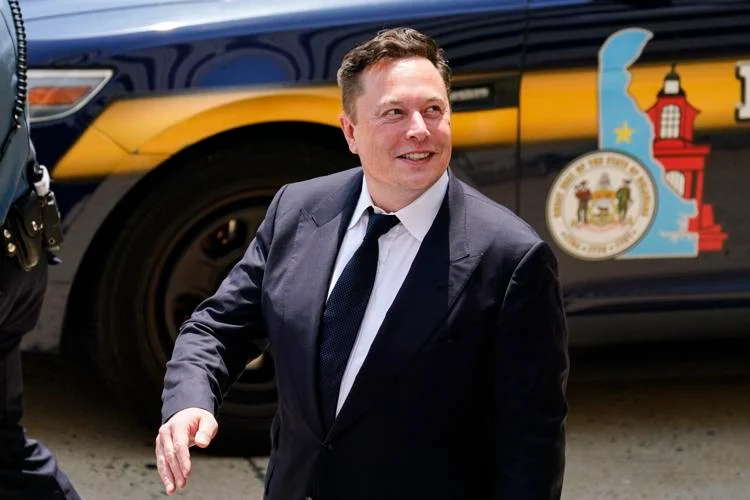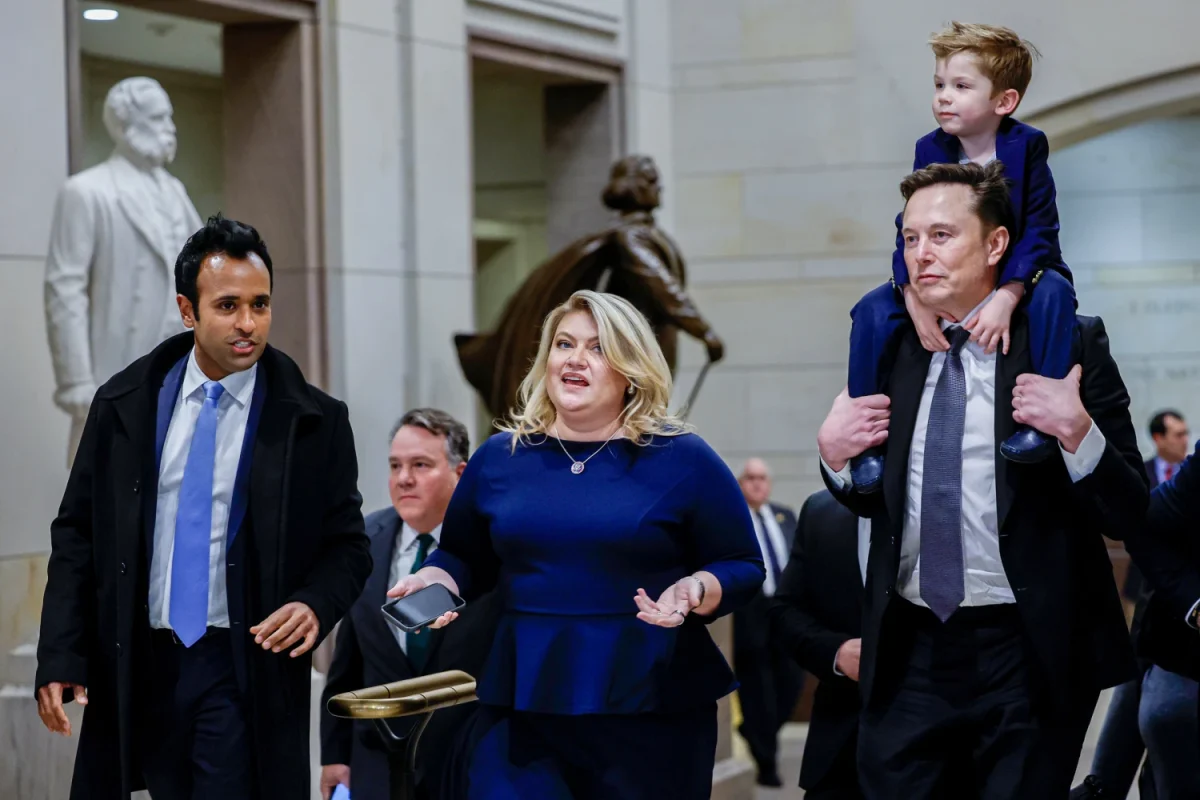The world of aerospace, especially around the past 70 or so years, has taken multiple giant leaps in innovation. The Space Race of the ‘50s through the ‘70s brought about many such innovations, including the first satellite to orbit the Earth, the first humans to reach the depths of space, and the first humans to plant their feet on the moon. Naturally, humanity didn’t stop there. The cumulative endeavors of space exploration projects across the 20th and 21st centuries have led to impressive achievements in the world of aerospace today, most recently the technological wonder of the company SpaceX’s latest success: the spacecraft “Starship” being successfully launched and retrieved midair by “chopsticks” equipment.

On October 13th, SpaceX launched its 5th test flight for its Starship spacecraft. One of the boosters utilized during the first phase of the launch sequence, Super Heavy, returned from liftoff after 7 minutes. Super Heavy landed horizontally near its launch tower, at which point mechanical appendices (so-called “chopsticks”) sprung out from the tower and held the rocket in place as it began to fully land. While the landing was extremely innovative and impressive to watch, SpaceX engineers state that Super Heavy was cutting it close. Without exaggeration, the engineers claimed the rocket was only 1 second away from aborting being caught by its launch tower “chopsticks”, and instead plummeting into the surrounding field.
In the days following the success, SpaceX CEO Elon Musk discussed the experiment with the SpaceX rocket engineers. “We had a misconfigured spin gas abort that didn’t have quite the right ramp-up time for bringing up spin pressure,” Musk explained. “And we were one second away from that tripping and telling the rocket to abort and try to crash into the ground next to the tower instead of [landing at] the tower — like, erroneously tell a healthy rocket to not try that catch.” Engineers at SpaceX mentioned the upcoming 6th test flight will reportedly work to balance increased speeds and less safety risks. The 6th flight is already being planned, with intentions to replicate Flight 5’s mid-air catch.
SpaceX’s CEO, Elon Musk, founded the company in 2002 with the long-term goal of assisting humanity in the colonization of Mars. Normally, rocket boosters are destroyed after launch during their fall back to Earth. With SpaceX’s new “chopsticks”, they are able to catch the booster and consequently reduce the price of space travel. The aforementioned Super Heavy rocket and the 100 passenger spacecraft Starship are intended to be combined, ideally creating a planetary transportation system able to transport people between Earth and Mars for the purpose of colonization. Musk claims that humanity needs to exist on multiple planets as a ‘backup’ for life on Earth. His critics claim that the Earth’s own issues, such as climate change, are more important and deserving of resources.
In the age we live in, the aerospace industry is constantly evolving. Other forms of transportation like cars are well enough saturated, but space travel isn’t completely defined in the way cars are. Experiments and new concepts are common in the space industry, and SpaceX’s rocket grab is just one of many. As everyday citizens, we can only observe the evolutions in space technology as they happen, and continue to be astonished by each success.






